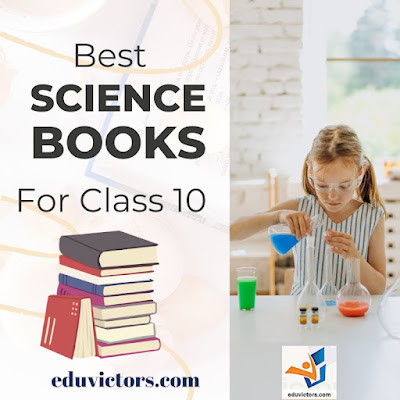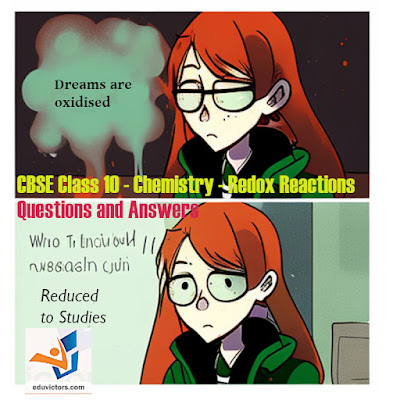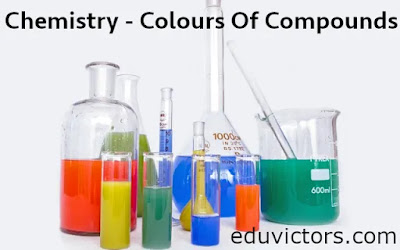Best Books for Science Class 10
Class 10 is a crucial turning point in a student's academic career, and passing the CBSE exams depends on possessing the correct reference books.
When choosing science books for standard 10 students, it is important to consider a few key factors, including the level of difficulty, relevance to the curriculum, and engagement level. Here are some tips to help you choose the best science books for standard 10 students:



















